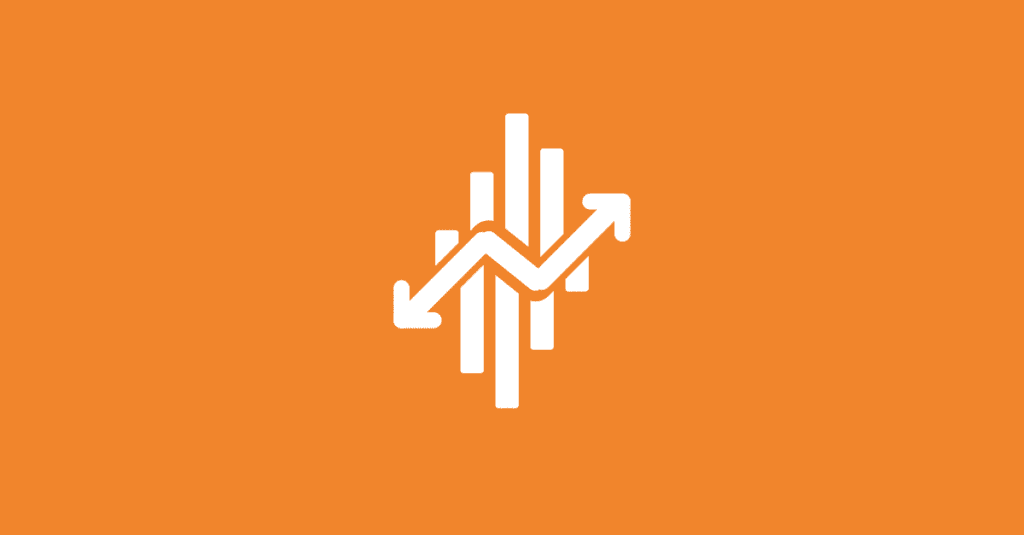A baseline of financial literacy is essential for anyone in sales and marketing. Comprehending basic accounting terms and their implications on business is a foundational component. Two critical terms are revenue and profit.
This article will cover each term and the differences between the two.
What is Revenue?
First, let’s define revenue.
Revenue is the total amount of money your business makes before deducting expenses. This is often referred to as top-line or gross income. That’s because it’s listed first on a company’s income statement.
Businesses generally generate revenue from the sales of goods or services to customers. Other sources can include:
- interest from business savings or investments
- income from rental property
- royalties from intellectual property (e.g., patents and copyrights)
What is Profit?
Next, let’s define profit. Profit is your company’s financial gain after deducting all the costs involved. These costs include expenditures related to:
- production
- sales
- marketing
- delivery
Profit is your bottom line because it’s listed at the bottom of the income statement.
There are two types of profit: gross profit and net profit.
Gross profit is revenue minus the cost of goods sold (COGS). That includes direct costs associated with producing the goods sold by a company.
Net profit (also known as net income or net earnings) is gross profit minus all other expenses. These additional expenses include operating expenses, taxes, and interest payments.
Revenue vs. Profit
You have to understand the distinction between revenue and profit. Both numbers provide valuable insights, but they tell different stories.
Revenue shows market penetration and the effectiveness of your sales and marketing efforts. Increasing revenue indicates that your business is selling more products or services. That’s usually a sign of growth and success.
But high revenue doesn’t necessarily mean the company is profitable.
Profit tells you about the financial health and efficiency of your business. It indicates how well your business is managing its costs in relation to the revenue. A high profit means the company is generating good revenue and controlling its costs.
The Balancing Act
When you consider profit vs. revenue, think of it as an ongoing balancing act. Without enough revenue, your business cannot cover its costs and make a profit. Yet, ignoring your costs could lead to minimal or even negative profit.
In sales and marketing, it’s essential to understand this balance. Efforts to increase revenue often involve additional costs. Some examples of these costs are:
- ad spend
- product discounts
- new hires
If not managed, these efforts may boost revenue but reduce profit.
Two Sides of the Coin
Revenue and profit work in tandem. Together, they paint a holistic picture of a company’s financial standing. A robust revenue stream is a positive indicator of strong sales and marketing. But the final verdict comes from the profit it generates.
Understand the difference between these two terms. That way you can make decisions to support growth and long-term sustainability.
